An earth-moving acoustic wave is referred to as a seismic wave. It can happen as a result of an earthquake, volcanic eruption, magma movement, significant landslide, or significant artificial explosion that generates low-frequency acoustic energy. Seismologists use seismometers, hydrophones (water-based recording devices), or accelerometers to record and analyse seismic waves. Seismic noise, also known as ambient vibration or continuous low-amplitude vibration, is distinct from seismic waves because it originates from a number of natural and man-made causes. The density and elasticity of the medium, as well as the kind of wave, all affect the seismic wave's propagation velocity. Velocity tends to rise with depth through the crust and mantle of the Earth but falls dramatically from the mantle to the outer core of the Earth. Different wave patterns and velocities are produced during earthquakes. Their distinct travel periods are used by seismic observatories to pinpoint the earthquake's hypocenter. Seismic wave refraction and reflection are employed in geophysics to study the interior structure of the Earth. Vibrations may be created and measured by scientists to look at shallow subsurface structures.
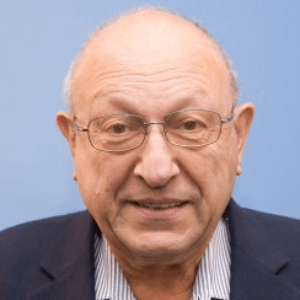
Ephraim Suhir
Portland State University, United States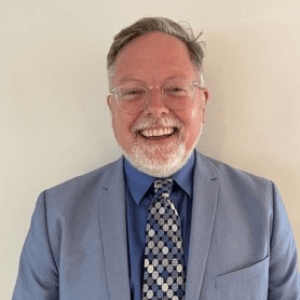
Thomas J Webster
Interstellar Therapeutics, United States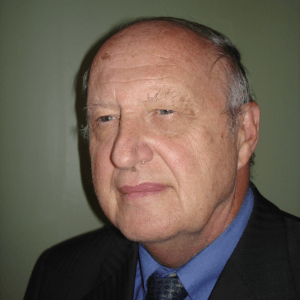
Robert Buenker
University of Wuppertal, Germany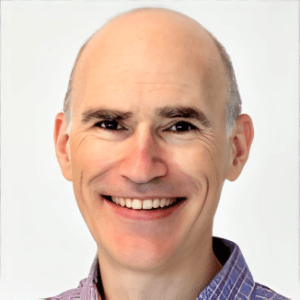
Will Skene
Montreal University, Canada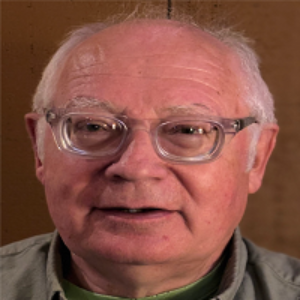
Valeriy A Buryachenko
Micromechanics & Composites LLC, United States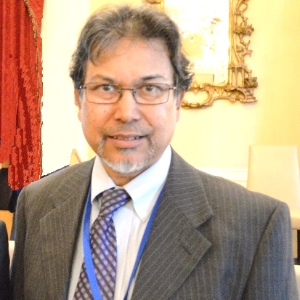
Anis Rahman
Applied Research & Photonics, Inc, United States
Will Skene
Montreal University, Canada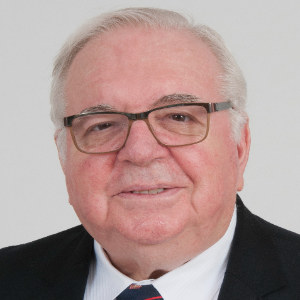
Robert Guidoin
Laval University, Canada
Robert Buenker
University of Wuppertal, Germany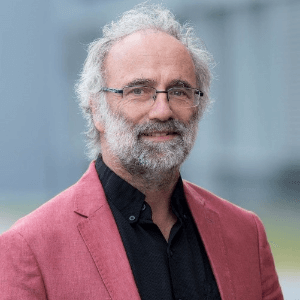


Title : Introducing picotechnology: An exciting extension of nanotechnology
Thomas J Webster, Interstellar Therapeutics, United States
Title : The failure of both einsteins space-time theory and his equivalence principle and their resolution by the uniform scaling method
Robert Buenker, University of Wuppertal, Germany
Title : Material challenges with proton conducting ceramics for intermediate temperature hydrogenation/dehydrogenation applications
Saheli Biswas, Commonwealth Scientific and Industrial Research Organisation, Australia
Title : Porphyrin layers at metal-electrolyte interfaces monitored by EC-STM and CV
Marek Nowicki, University of Wroclaw, Poland
Title : Color control of electrochromes by structural modification
Will Skene, Montreal University, Canada
Title : Make experiments more efficient: Two simple and powerful approaches. Mg2Si growth for photovoltaic and thermoelectric applications
Alexander S Gouralnik , Institute of Automation and Control Processes, Russian Federation
Title : Reconfigurable antenna structures using tunable materials
Nasimuddin, Institute for Infocomm Research, Singapore
Title : (0, 1 and 2) Dimensional hybrid architecture of the synthesized materials leads the smart sensing of the gaseous species at low/room temperature
D R Patil, North Maharashtra University, India
Title : Enhanced grain refinement, precipitates regulation, and improved mechanical properties of cast Al-Li alloy by Ti addition and heat treatment
Lixiong Shao, Shanghai Jiao Tong University, China
Title : Broadband sound attenuation of shape memory polymer with triangular-honeycomb unit cell metamaterial structural design
Musaab Ejaz, Universiti Teknologi PETRONAS (UTP), Malaysia